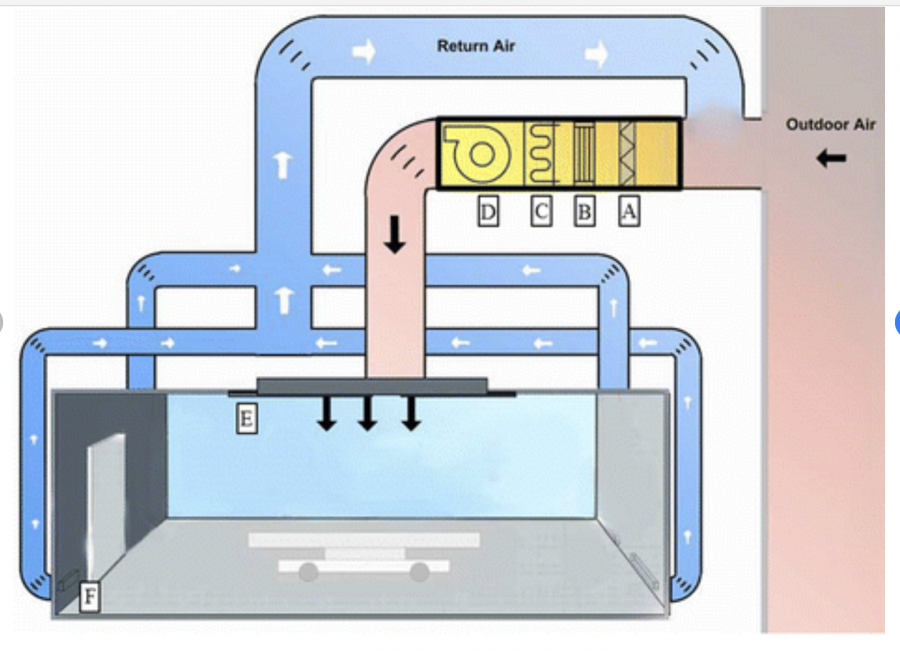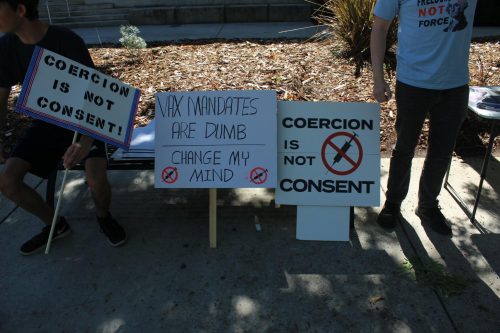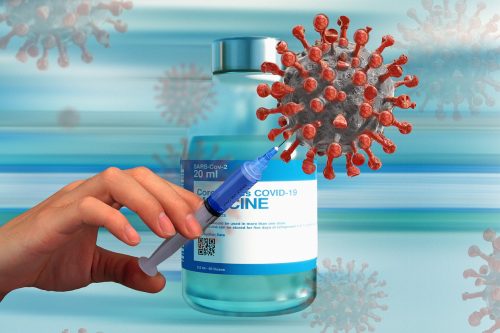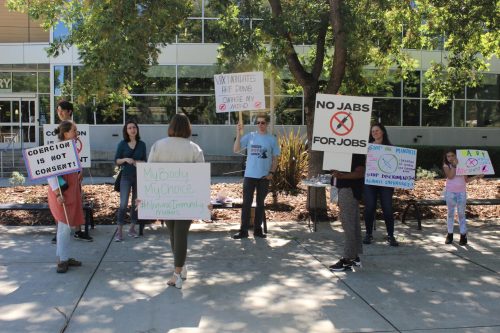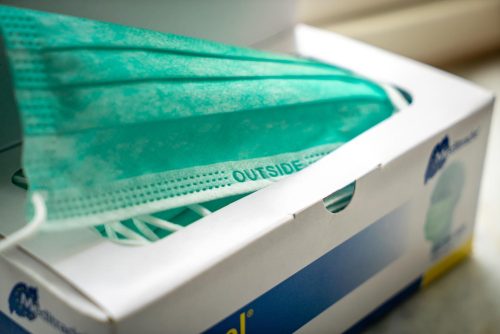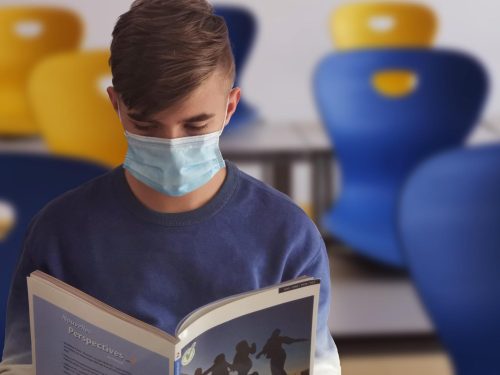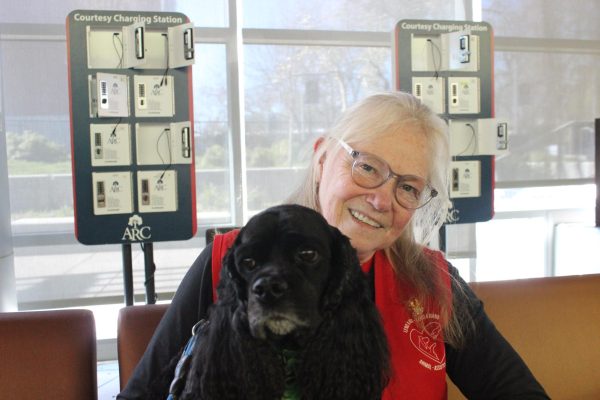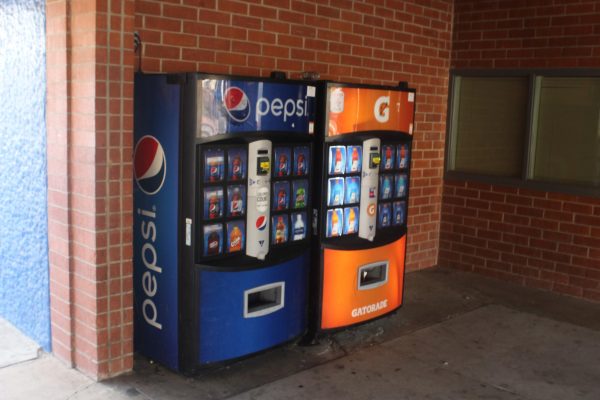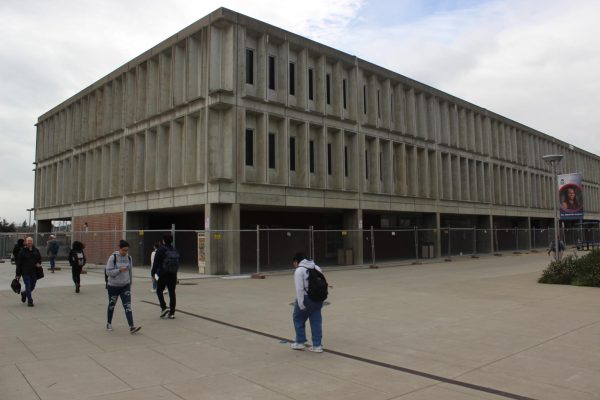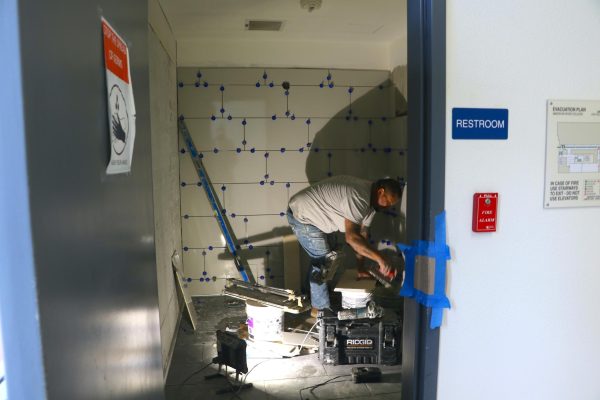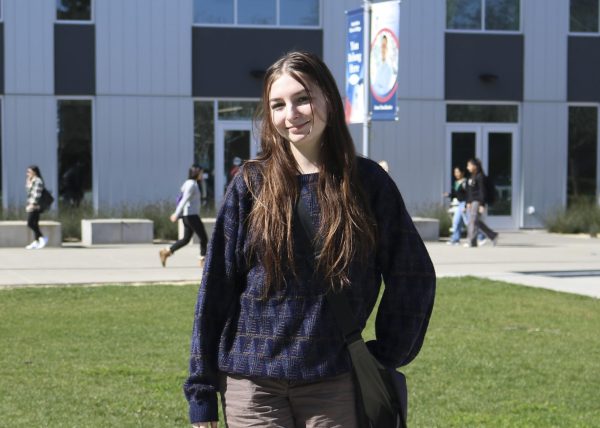ARC improves air quality to minimize COVID-19 risk
ARC focused on upgrading filters and increasing ventilation
To combat COVID-19, the buildings on the ARC campus now perform four air exchange flushes an hour. During a flush, the outside air is brought into the building, filtered, and exchanged with the inside air. (Photo Courtesy of Pablo Manzo)
According to opinions shared during the listening sessions and surveys conducted by the Los Rios Community College District, many American River College staff and students are concerned about ventilation in some of the buildings on campus. Many have been concerned about being in a cramped classroom with potential COVID-19 carriers.
According to the Framework for Opening PDF released by ARC on March 17, ARC is working to make sure that this risk will be minimal by updating the ventilation system of the buildings.
ARC is getting its guidance from the Center for Disease Control and American Society of Heating Refrigeration and Air Conditioning Engineers, according to the PDF Making our Buildings Resilient to COVID-19 found in the Framework for Opening document. According to this document, the two main ways to improve air quality in the buildings are to improve filtration and increase the ventilation.
Before this pandemic, the buildings were fitted with MERV-8 filters. The buildings are now in the process of switching over to the MERV-13 filters, according to the document.
According to ASHRAE’s website, respiratory droplets that can transfer COVID-19 are about 1 micrometer or larger. A MERV-8 filter is about 20 % effective in filtering out droplets of this size. In comparison, a MERV-13 filter is at least 90 % effective in filtering out droplets of this size. MERV-13 filters are comparable to N95 masks, according to ASHRAE’s website.
According to Pablo Manzo, the associate vice chancellor of the Los Rios Community College District, the buildings that are currently being used by faculty or students, such as students in the health career courses, have already been switched over to the MERV-13 filters.
The process of getting all the buildings switched over to the new MERV-13 filters is a lengthy one due to public contract codes, according to Manzo. He added these codes have specific rules for bidding and contracting that ARC follows to update each building.
Another delay in getting the buildings upgraded is the high demand for these filters, according to Manzo.
“The challenge we’re having is everybody else, not just public institutions but private institutions as well, are competing for the same things,” Manzo said. “Mechanical equipment, parts, units and so forth are all in high demand right now, so it’s going to be a challenge navigating through all that.”
Not all the buildings are compatible with the MERV-13 filters simply because of how they are built, Manzo said, adding that the buildings in the Portable Village, for example, are not designed for these filters.
However, according to Scott Crow, ARC public information officer, many of the classes that were previously held in the Portable Village will be moved to the newly built STEM center. Because of this, there won’t be any classrooms that will be using the MERV-8 filters in the fall.
While the new technology will help increase filtration, ARC will implement new air exchange rates and pre- and post- occupancy “flushes” to increase ventilation, according to the document.
According to this document, the HVAC systems will circulate four air changes an hour in a normal classroom and six air changes an hour in a laboratory, as recommended by the CDC and ASHRAE. In a normal classroom, some of the indoor air is recycled after being filtered, depending on the occupancy of the building.
“The general exception to this…is laboratory spaces,” Manzo said. “Code requires [labs] use 100 % outside air, so none of that air is recycled.”
The pre- and post- occupancy flushes are a new tactic against COVID-19, according to the document. The HVAC systems are programmed to perform a two-hour flush in the early morning and evenings. These flushes completely exchange all indoor air with outdoor air.
The few buildings that can’t be fitted with MERV-13 filters, such as the buildings in the Portable Village, are programmed for the two-hour flushes as well, according to the document.
Before the campus opens, a third party will inspect each building’s HVAC system and file a report on what needs to be improved, according to Manzo.
“[It’ll be] a breakdown of all the performance peak features in that room in terms of the ventilation and filtration,” Manzo said. “And we’re going to make that available to everybody.”
According to Manzo, the goal is to get all the buildings safe for students to return in the fall, even though the district isn’t sure what the state restrictions will be at the time.
The process of preparing the buildings for students and faculty will be ongoing throughout the summer. The Current will update this story as more details unfold.


